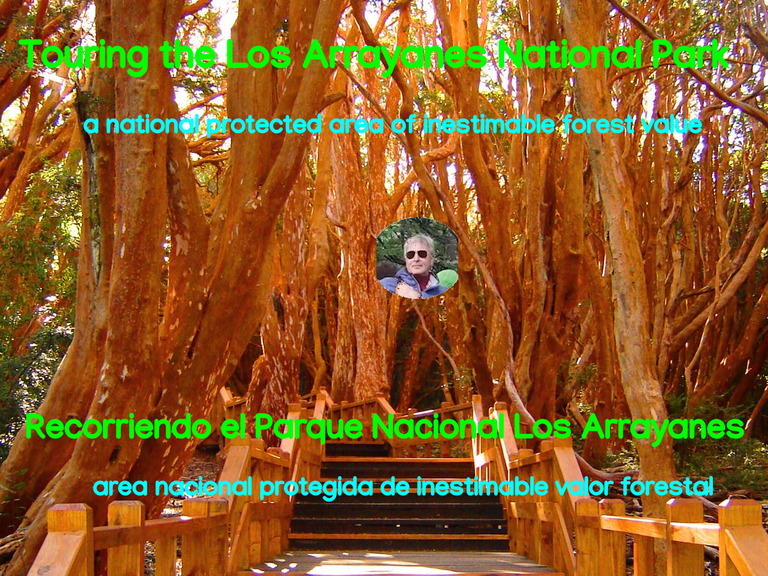
Those who have read some of my posts will have seen that my passion is green: plants, bonsai, the vegetable garden, the garden.
Everything that requires the intervention of the "green thumb" as the experts say.
Today I am going to talk to you about a plant that itself does not have greater properties beyond the normal ones of any plant.

But I have chosen it not only because it is beautiful, because some specimens are more than 400 years old and 15 meters high, because it is an emblem of Patagonia, but also because there is an entire national park dedicated to them.
In 2017 I had the opportunity to meet it, go through it, do a lot of trekking, endless walks and take a large number of photos. Some of which I share with you today.
To protect this true natural treasure it was declared a National Park in 1971, despite the fact that it is already included in the Nahuel Huapi National Park.
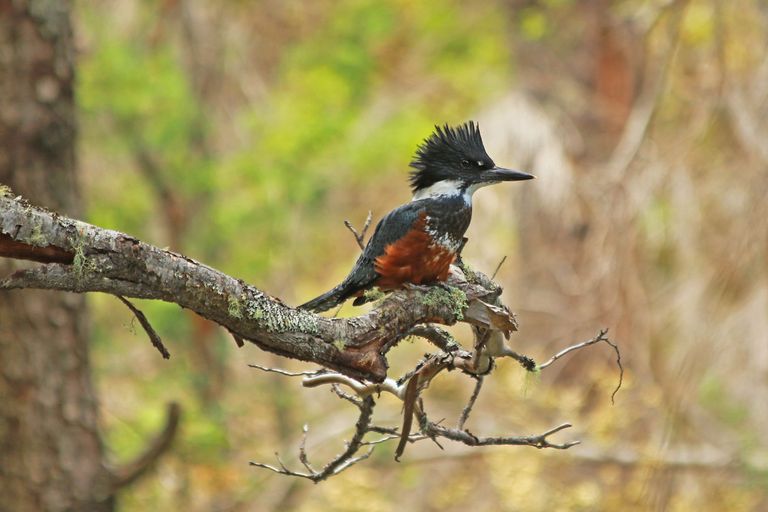
Hola amigos, como están?
Aquellos que hayan leído algunos de mis post habrán visto que mi pasión es el verde: las plantas, el bonsai, la huerta , el jardín.
Todo aquello que requiere la intervención del "pulgar verde" como dicen los expertos.
Hoy les voy a hablar de una planta que en si no tiene mayores propiedades más allá de las normales de toda planta.
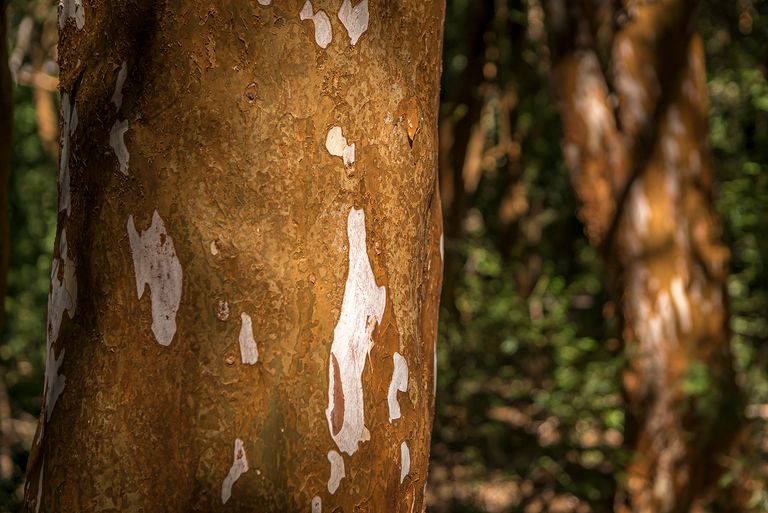
Pero la he elegido no solo porque es hermosa, porque algunos ejemplares tienen más de 400 años y 15 metros de altura, porque es un emblema de la Patagonia, sino también porque hay un entero parque nacional dedicado a ellas.
En el año 2017 tuve la oportunidad de conocerlo, recorrerlo, hacer bastante trekking, interminables caminatas y sacar un gran número de fotos. Algunas de las cuales comparto hoy con Uds.
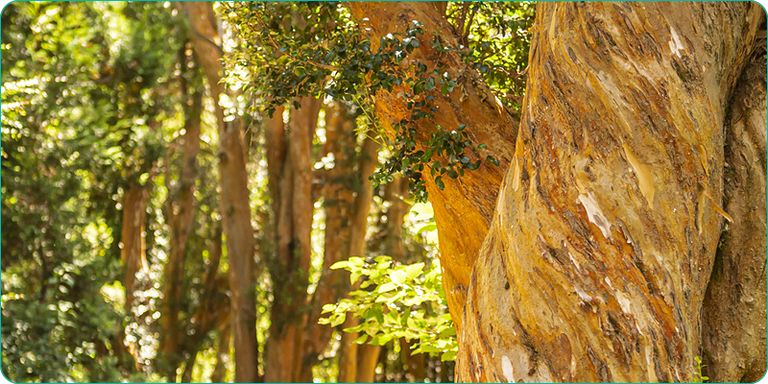
Los Arrayanes National Park. / Parque Nacional Los Arrayanes.
To protect this true natural treasure it was declared a National Park in 1971, despite the fact that it is already included in the Nahuel Huapi National Park.
Para proteger este verdadero tesoro natural se lo declaró Parque Nacional en el año 1971, a pesar de que en si mismo ya está incluído dentro del Parque Nacional Nahuel Huapi.

How to get. / Cómo llegar.
It can be accessed through two different routes:
By lake:
You get to Puerto Arrayanes starting from Lake Nahuel Huapi through the Futaleufú catamaran that makes the journey daily from Puerto La Angostura located in Bahía Mansa.
By land:
In this case, a few meters from Puerto Angostura, we find a fairly well-maintained pedestrian path of approximately 12 kilometers that leads to the Arrayanes Forest. It is the path we choose, backpack on the shoulder and many gains from walking and knowing.
Here we go!
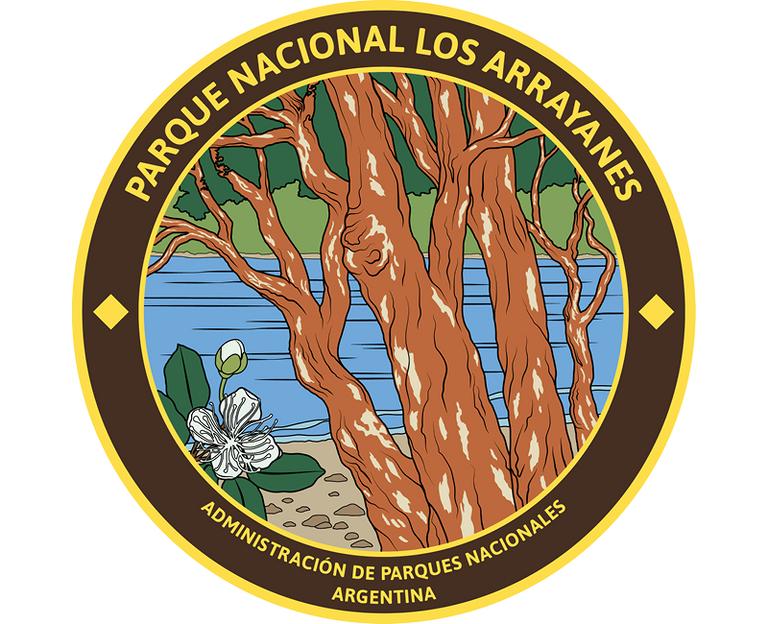
Se puede acceder a través de dos vias distintas:
Por vía lacustre:
Se llega hasta Puerto Arrayanes partiendo desde el Lago Nahuel Huapi a través del catamarán Futaleufú que hace el recorrido diariamente desde el Puerto La Angostura ubicado en la Bahía Mansa.
Por tierra:
En este caso a pocos metros del Puerto Angostura encontramos una senda peatonal bastante bien cuidada de aproximadamente 12 kilómetros por la que se llega al Bosque de Arrayanes. Es el camino que elegimos, mochila al hombro y muchas ganar de caminar y conocer.
Ahí vamos!
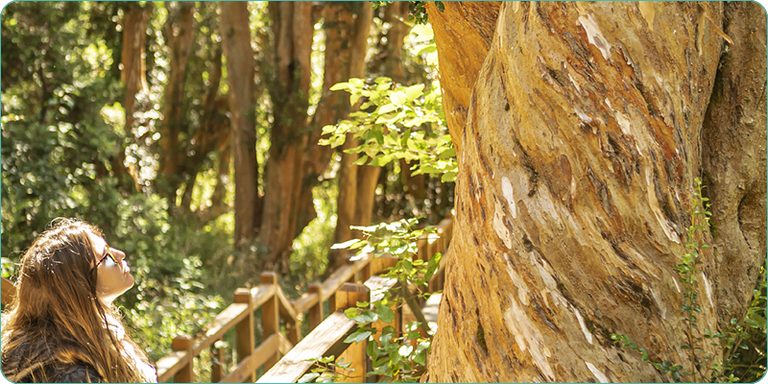
The Arrayanes Forest. / El Bosque de Arrayanes.
Our adventure starts from the Quetrihué Peninsula, near the small but well-known tourist town of Villa La Angostura.
In this place we find a unique landscape in the world, which has given Patagonia so much international fame and tourists in search of lakes, rivers and forests to connect strictly with Mother Nature.
It is undoubtedly one of the most beautiful places in Argentina where we will find the purest and most extensive forests of Arrayán, a native tree of striking beauty.
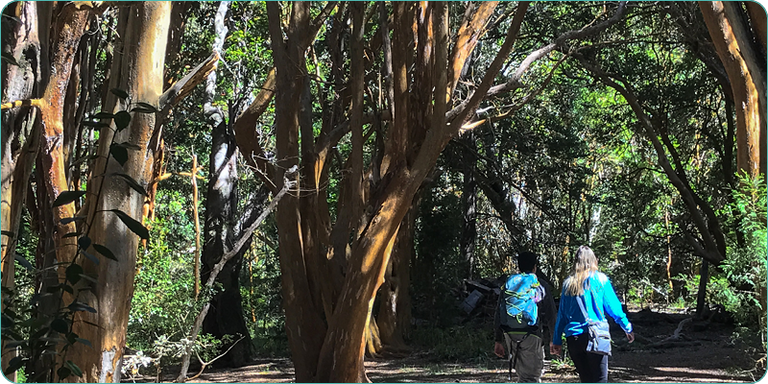
The Isthmus of Qetrihué is where the Arrayanes Forest begins.
Within the myrtle forest you can take a journey of approximately 30 minutes along a planked path surrounded by these wonderful and imposing trees.
The myrtle is a cinnamon-colored tree due to the concentration of tannin and has a very smooth, silky bark that is cold to the touch.
A wonderful natural spectacle that borders the Nahuel Huapi Lake.
There are also some viewpoints from which you can see the panoramic beauty of Lake Nahuel Huapi and the Arrayanes Forest.
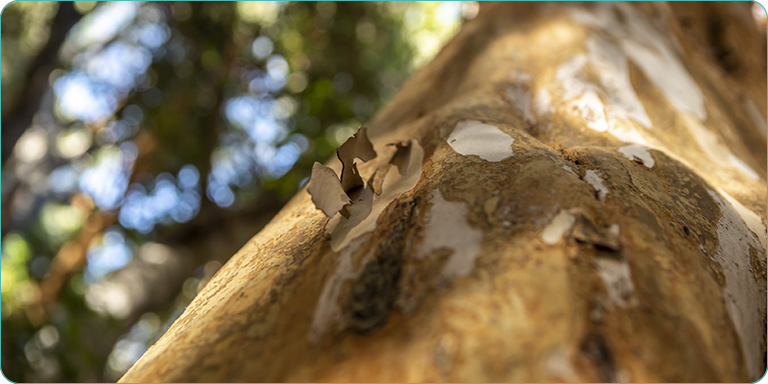
Nuestra aventura parte desde la Península de Quetrihué, cercana a la pequeña pero conocida localidad turística de Villa La Angostura.
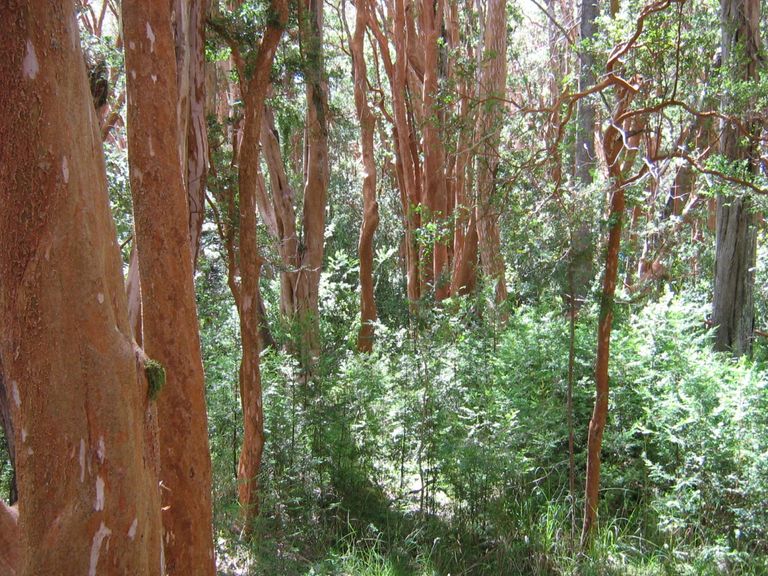
En este lugar encontramos un paisaje único en el mundo, que le ha dado a la Patagonia tanta fama internacional y turistas en busca de lagos, rios y bosque para conectarse estrechamente con la madre naturaleza.
Se trata sin duda, de uno de los lugares más hermosos de Argentina donde encontraremos los bosques más puros y extensos de Arrayán, un árbol nativo de llamativa belleza.
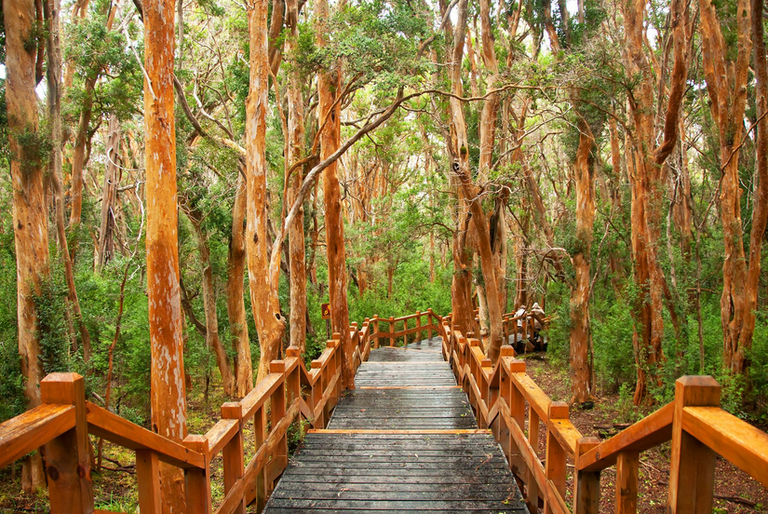
El Istmo de Qetrihué es donde comienza el Bosque de Arrayanes.
Dentro del bosque de arrayanes se puede realizar un recorrido de aproximadamente 30 minutos por un sendero tablonado rodeado por estos maravillosos e imponentes árboles.
El arrayán es un árbol de color canela producto de la concentración de tanino y posee una corteza muy lisa, sedosa y fria al tacto.
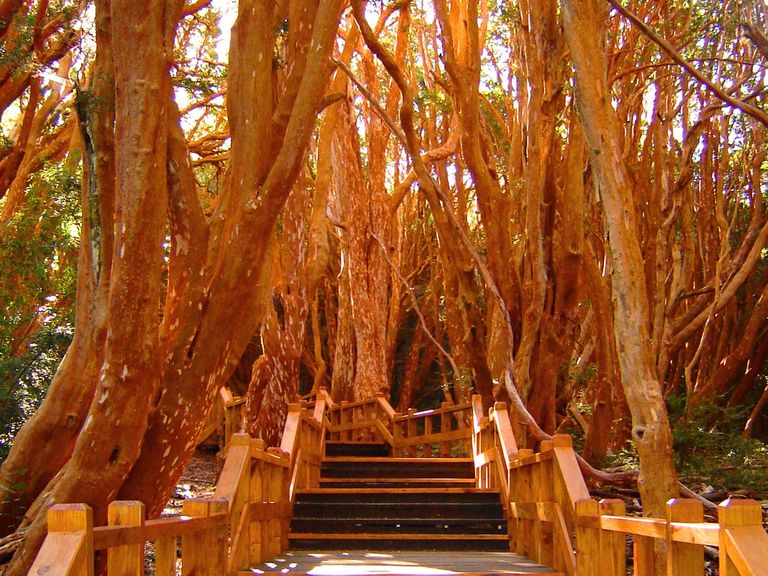
Dicen que estos árboles son muy energéticos. Es decir su contacto transmite muchas energía a la persona que lo hace.
El recorrido finaliza cuando se llega a la casita de troncos del bosque. Una pintoresca construcción del año 1933 conocida popularmente como la Casita de Bambi.
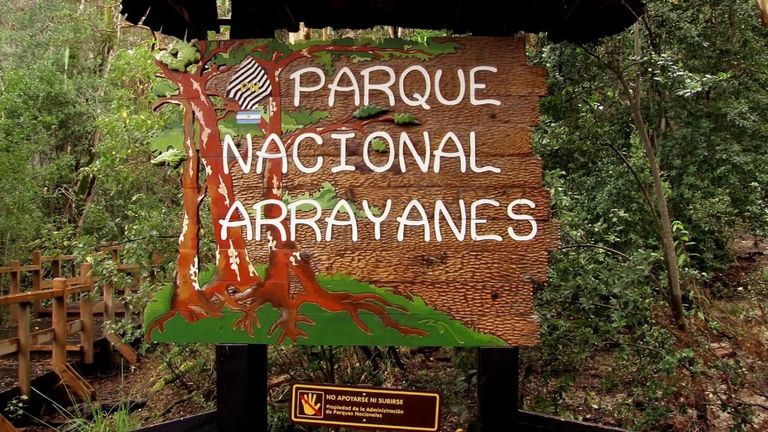
Donde se pueden degustar bebidas y un riquísimo chocolate caliente.
Un maravilloso espectáculo natural que bordea el Lago Nahuel Huapi.
Hay también algunos miradores desde los cuáles se puede observar la belleza panorámica del Lago Nahuel Huapi y el Bosque de Arrayanes.
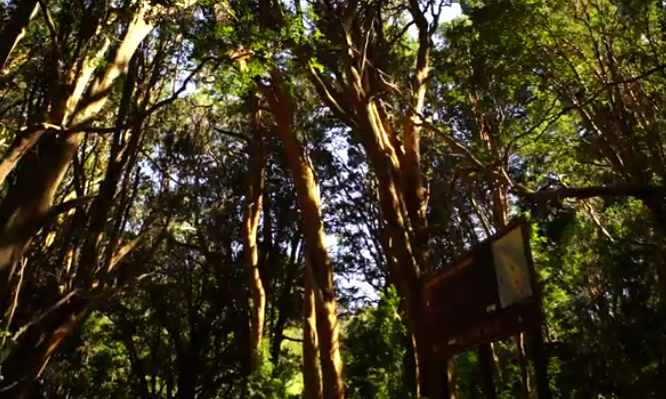
We chose to take the longest route (there are other shorter ones) in order to appreciate all the colors and sounds of the forest.
I leave you some images so that you can imagine (and appreciate) this unique and fascinating corner.
Elegimos hacer el recorrido más largo (hay otros más corto) para poder apreciar todos los colores y sonidos del bosque.
Les dejo algunas imágenes para que puedan imaginar (y apreciar) este rincón único y fascinante.
Fuente de las imagenes / Sources images: Parque Nacional Los Arrayanes.


Fuentes consultadas (de mi propiedad) para la elaboración del presente artículo. / Consulted sources (of my property) for the preparation of this article
| Argentina Discovery. |  |
|---|---|
| Galería Fotográfica de Argentina. |  |
| Viaggio in Argentina. |  |